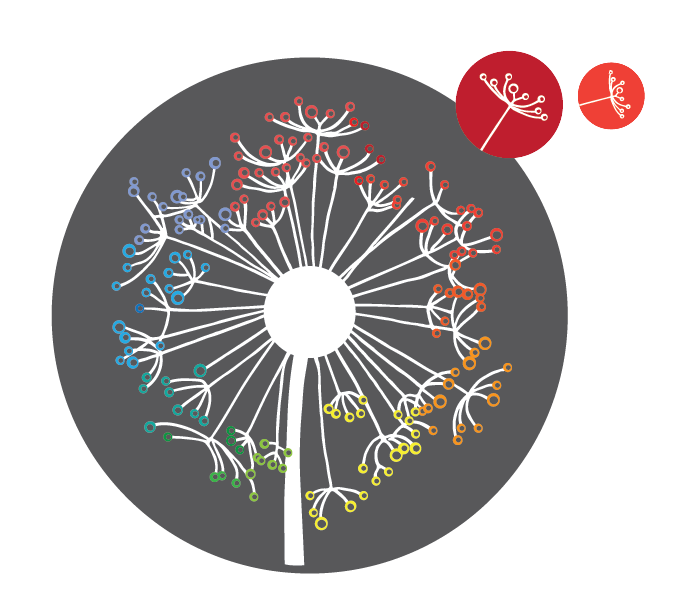[et_pb_section][et_pb_row make_fullwidth=”off” use_custom_width=”off” width_unit=”on” use_custom_gutter=”off” padding_mobile=”off” allow_player_pause=”off” parallax=”off” parallax_method=”off” make_equal=”off”][et_pb_column type=”4_4″][et_pb_text admin_label=”Text” background_layout=”light” text_orientation=”left” text_line_height=”2em” use_border_color=”off” border_color=”#ffffff” border_style=”solid”]
It begins when, snuggled in bed, my 3-year-old son whispers, “Will you tell me a story?” Over the past couple months, this has become our rhythm of lulling to sleep. At first I noticed a twinge of anxiety, “Can I tell a story?” Especially one that invents itself in every breath? But I plunged in, and soon discovered the delight and magic of not knowing what was going to tell itself through my speaking.
They become like dreams—divinations of my unconscious musings, bubbling into the dusky night. In the morning, I scarcely remember what I said in the fantastical tale the night before. But my son asks me to carry the stories through to repeat tellings: “Mama, will you tell me the one with the ducks who find the wedding ring? The prince in the boat with all the animals? The very old cars by the stream who tell the dad and little boy their stories from when they were young and shiny?” If I don’t remember, I just forgive myself and dive in again, letting whatever prompt he gives me lead into yet another tale.
A family of five shaggy sheep snuggle together in a snowy nest, their breath and wooly curls steaming into the Icelandic night. As they breathe, they dream…and the littlest one, the little boy sheep, finds himself in a new and different land, looking at a tree he has never seen before. This tree: she has grey branches, and furry green leaves that look sort of like people hands. The little boy lamb brushes a twig and it snaps off, oozing a milky sap. The tree has purple treasures, soft plump jewels she offers as gifts. The little boy sheep nibbles one and tastes a new joy, a sweetness beyond anything he has ever known. He wakes into the cozy night, all cuddled in the middle of his family, their breath and bodies and lanolin locks steaming around him as this happy gift seeps all the way through him, the taste of fig still on his tongue.
Stories are central to our humanity. Around the campfire, inside ceremony, unspooling from a book, we hunger for stories and satiate this need however we can, more recently through radio and TV and social media.
Narrative Therapy is a therapeutic approach that not only acknowledges our longing for story but, like dream work and imaginal psychology, allows story to help us re-configure how we see our lives, each other, and the world. If something terrible has happened to us, or if we find ourselves depressed or afraid, we can, through language and imagery, change the story of what we experience. The depression and fear can become different characters, rather than be assumed as our own identity. The world can glow more brightly again, and we can move from thinking of imagination as not-real to imagination as one of the most vital tools we have for re-making our hearts and culture.
[/et_pb_text][et_pb_image admin_label=”Image” src=”https://www.growinghomecounseling.com/wp-content/uploads/2015/09/173401036_d1.jpg” show_in_lightbox=”off” url_new_window=”off” animation=”left” sticky=”off” align=”left” force_fullwidth=”off” always_center_on_mobile=”on” use_border_color=”off” border_color=”#ffffff” border_style=”solid” /][/et_pb_column][/et_pb_row][/et_pb_section]
